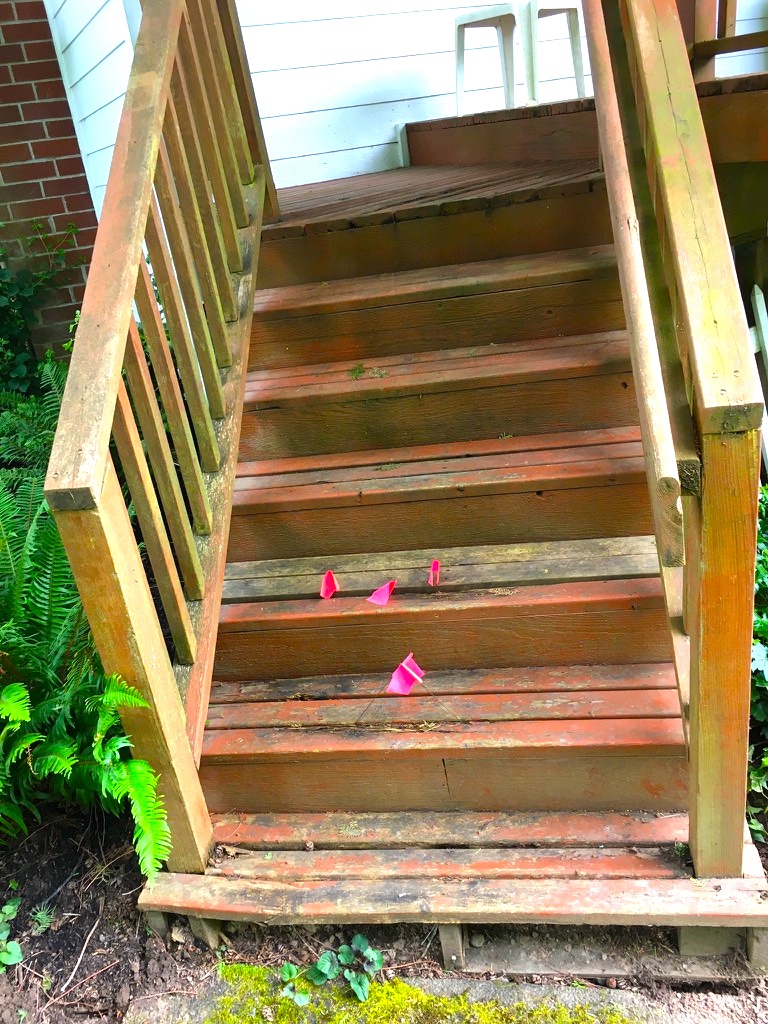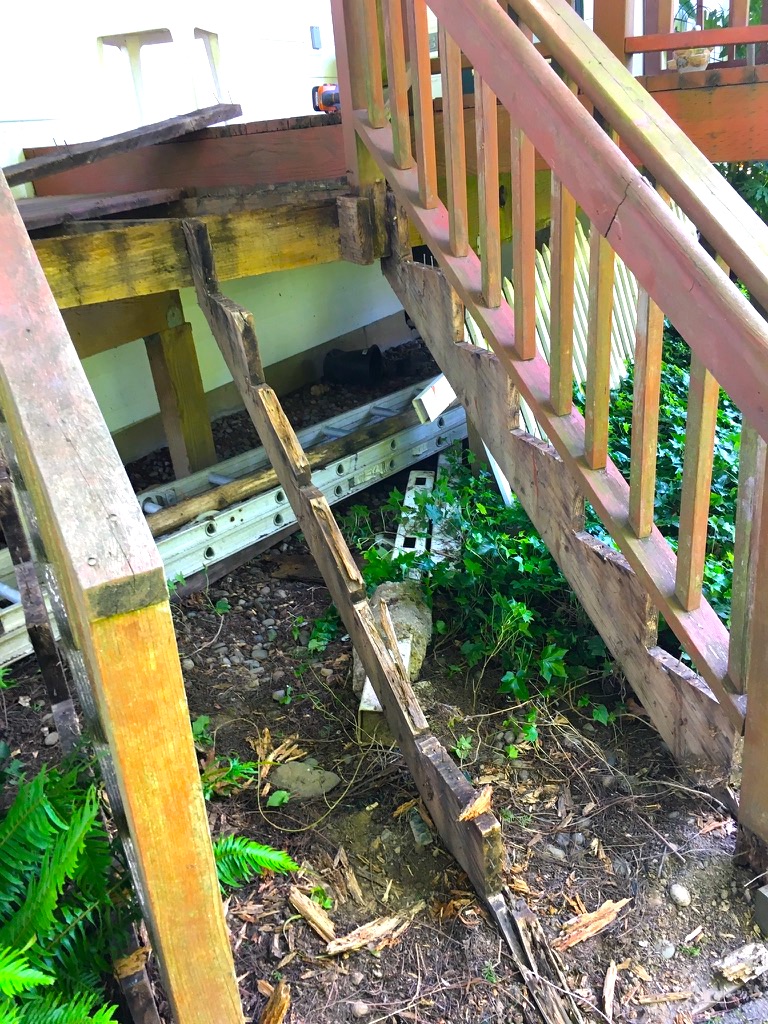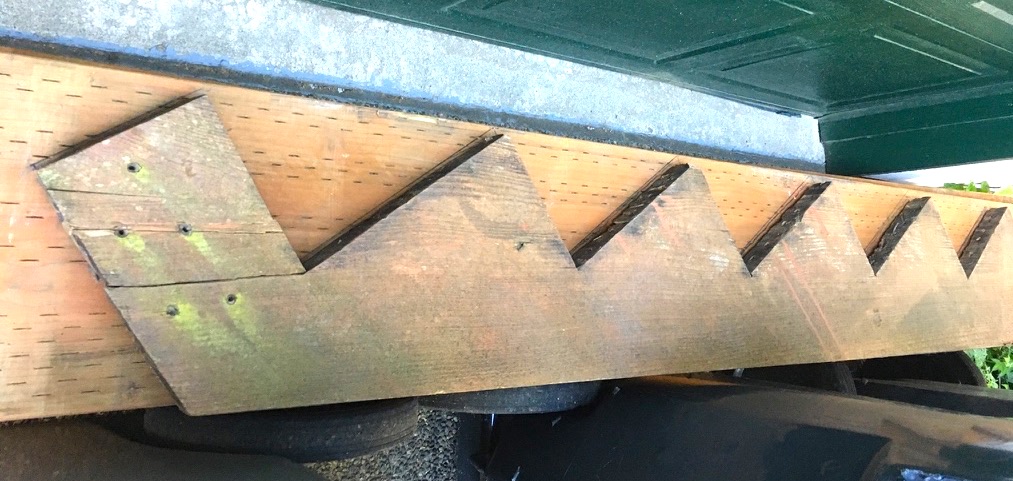
Social reform in the good old days hardly came up in conversations.
Where I come from you could graduate from high school one day, go to work in the mill the next, and retire after a few decades of picking slivers.
Or, go to college and learn how to tie a tie and rake in the big bucks that always come with higher education, just ask any English major.
What happened to the good old days? Something broke.
We used to jump on the ladder to success and climb, take the stairway to the stars one step at a time. If there was a shaky step, one worn with age, it got replaced.
If the mill was to noisy and dirty, and college too long and too boring, people also had the trades. They could join an apprenticeship program and learn to master a craft.
A saying passed down from father to son goes like this: “Learn a trade and make a living, join a profession and make money.”
Social reform? Please, everything was fine, just fine.
What Was Once A Sure Bet Got Further Away

The breakdown started when regular people started falling through the cracks.
Maybe a tread on the stairway to the top broke. It got fixed, but another broke, three another. Eventually we learned to walk carefully to avoid a fall. Not everyone saw the same threat, though.
“If you fall though the cracks then you’re just not paying attention.”
Nothing much changes on social reform until the foundation breaks. When the stringers on a stairway prove too rotten to hold any weight, they need to go. If not, everyone on the stairway falls.
This is the hard part, the big decision: Remake things they was they were, or remake with a design that improves the steps.
Stick with the analogy one more time. A stairway with rails is built one of two way. Either sink posts into the ground and connect the stairs and rails, or build a box at the bottom and screw the posts into it above ground.
If the box is in the dirt instead of mounted on concrete, the rot starts fast, especially if it’s made with untreated raw wood. Once the rot starts, the posts get shaky, and the whole thing loses stability.
Redoing the foundation is like social reform. It’s good for everyone whether they know it or not. Rotten steps break equally for anyone standing on them. It’s not based on race, religion, creed, education, or economic status. Put a foot on rotten treads and it’s going through to the bottom, not rising.
What To Do For Social Reform?

Leaders and experts look at the big picture for a fast fix, a remove and replace deal that goes for the best fit.
Unfortunately, social reform isn’t the same as an off the rack suit of clothes. When a huge load hits the fan in the ways we’ve seen in city after city, protest march after protest march, the foundation needs to be replaced with more support structure.
Use the old ways as a template for the future and start the build with stronger materials to carry the weight.
If the fit isn’t correct with a ready-made stringer, then you have to cut new ones. That’s where the hard work starts and never ends.
Put down a cement base, hang the stingers from brackets, cut and fit the treads and risers, then sink posts into the ground and connect everything with steel.
Make it strong enough to hold the people who want to step up, starting with you.


